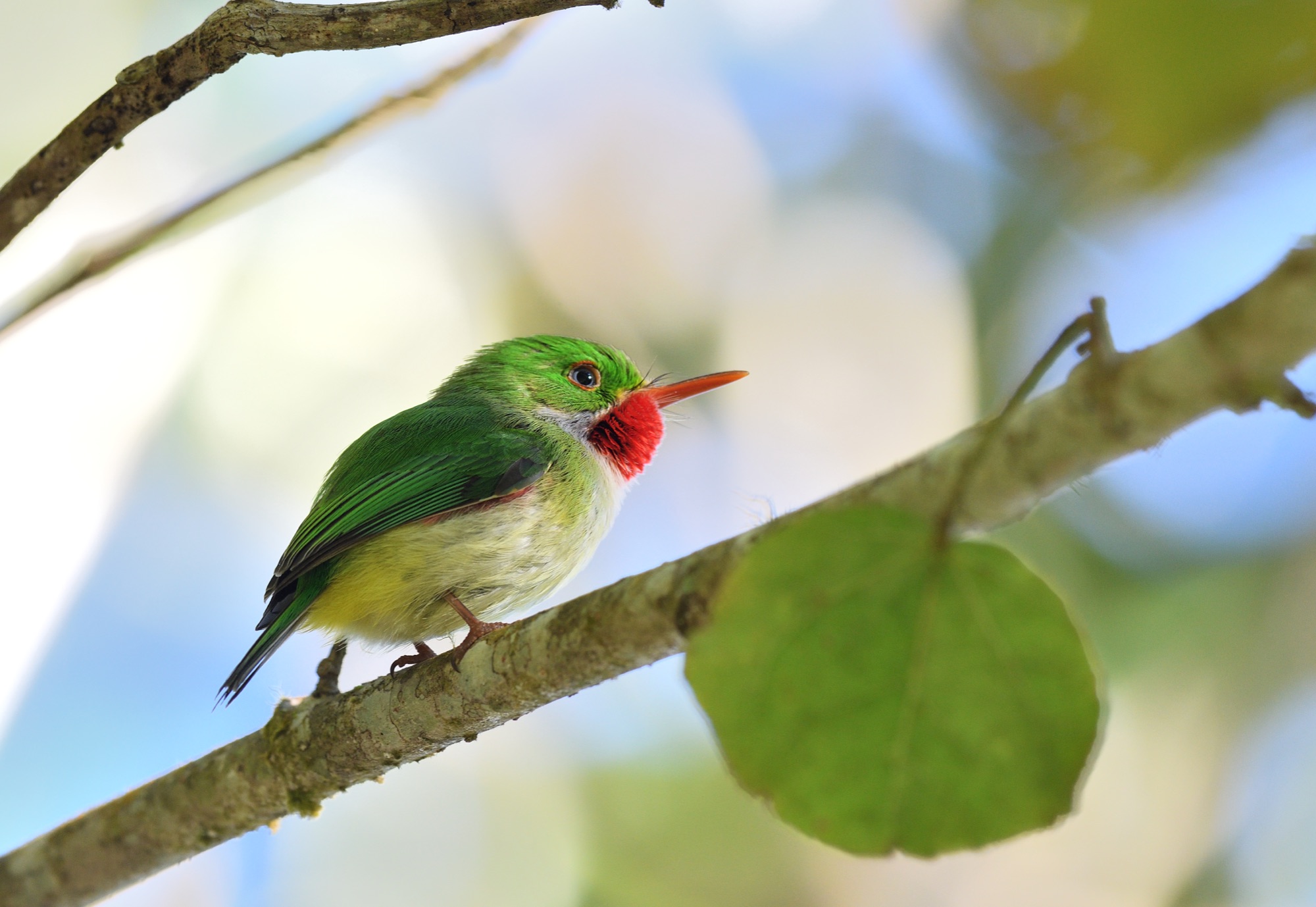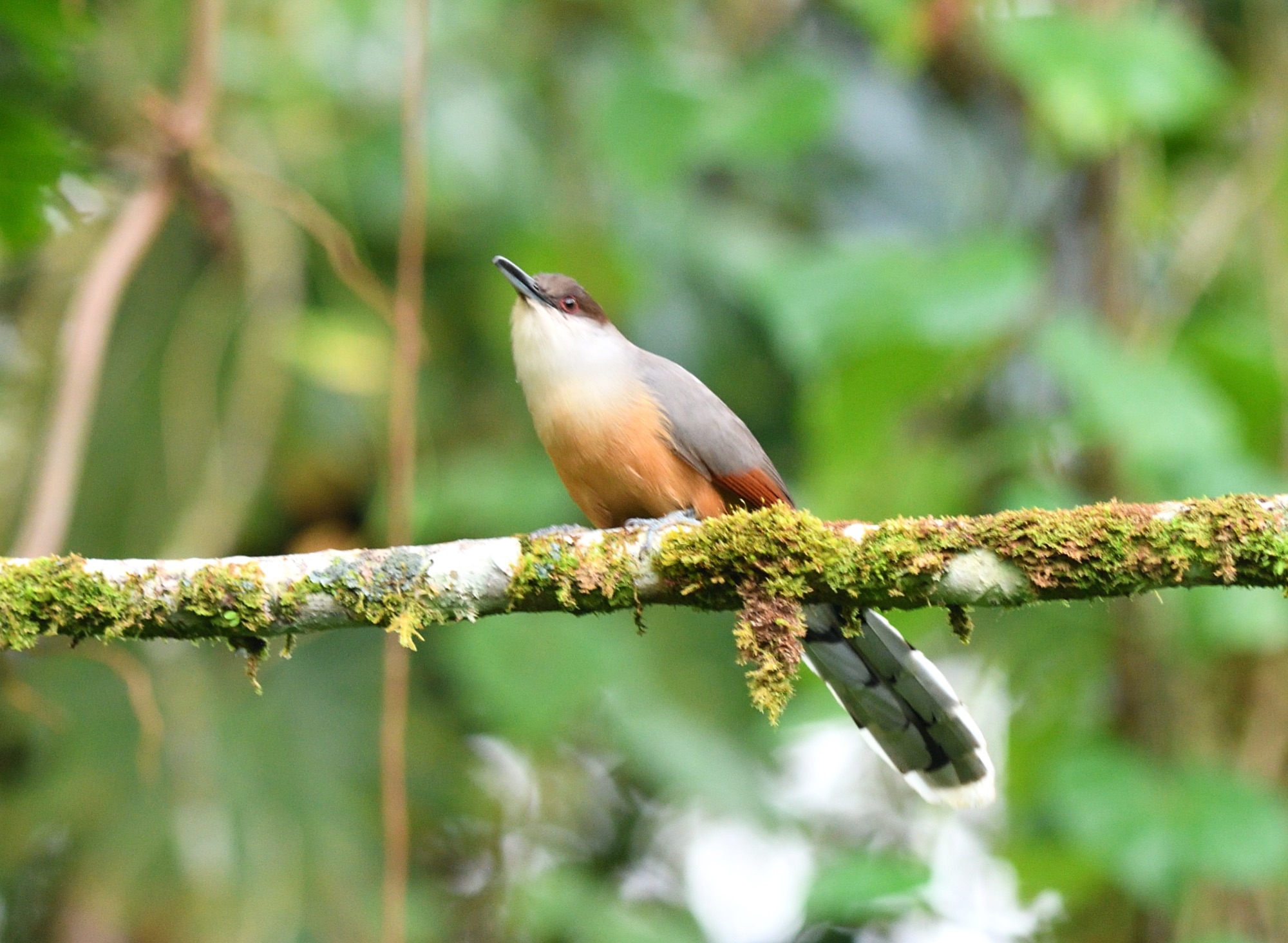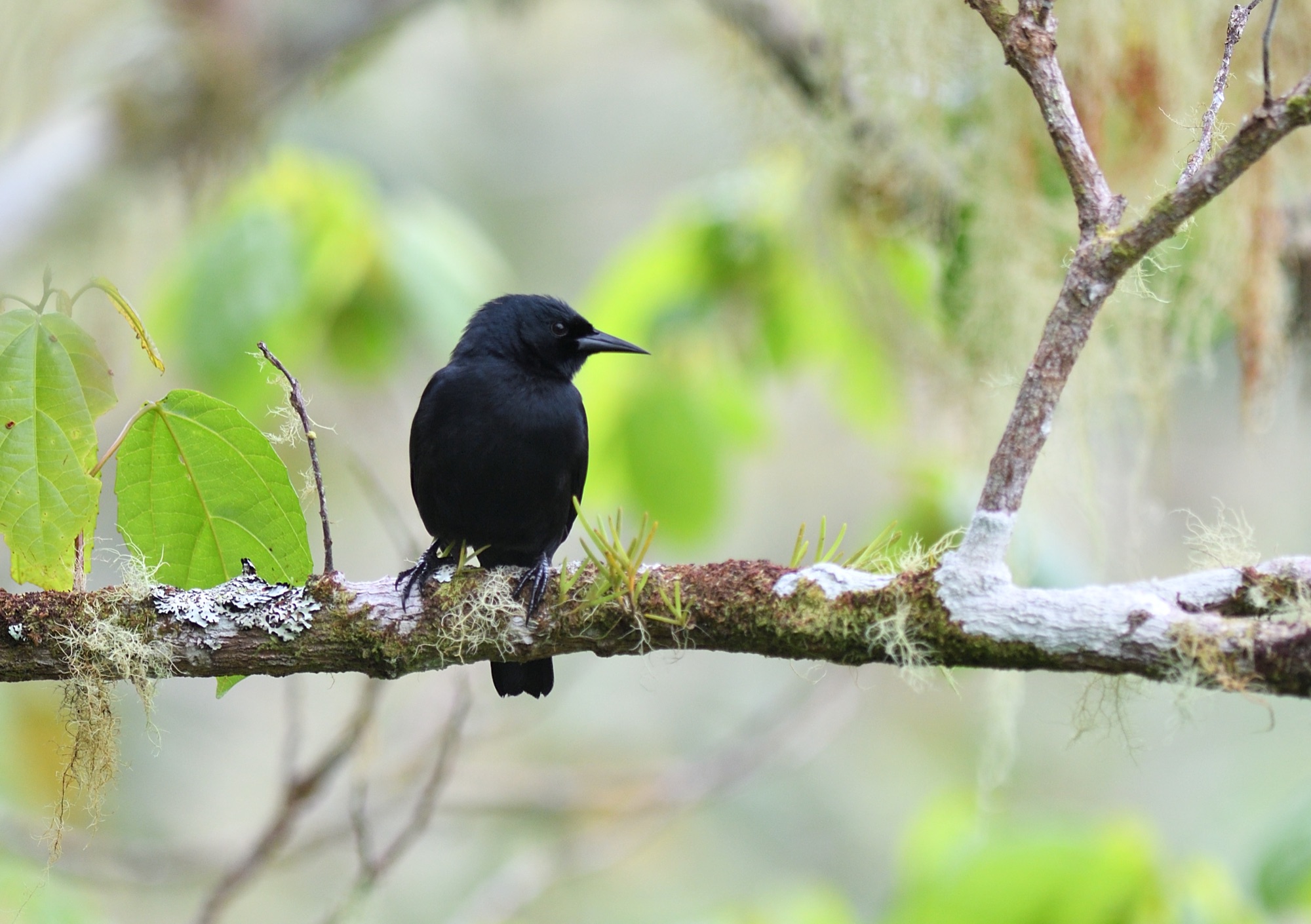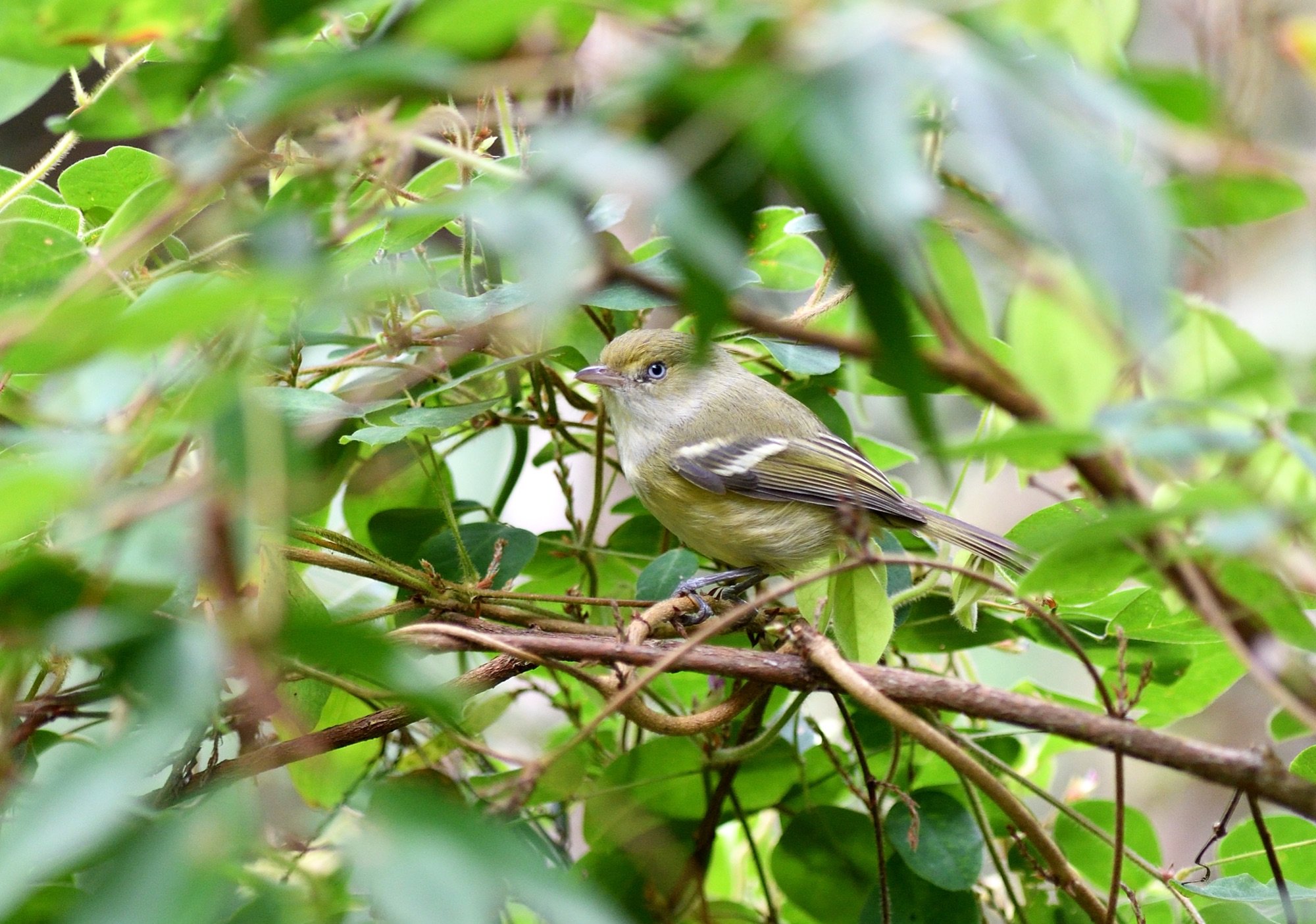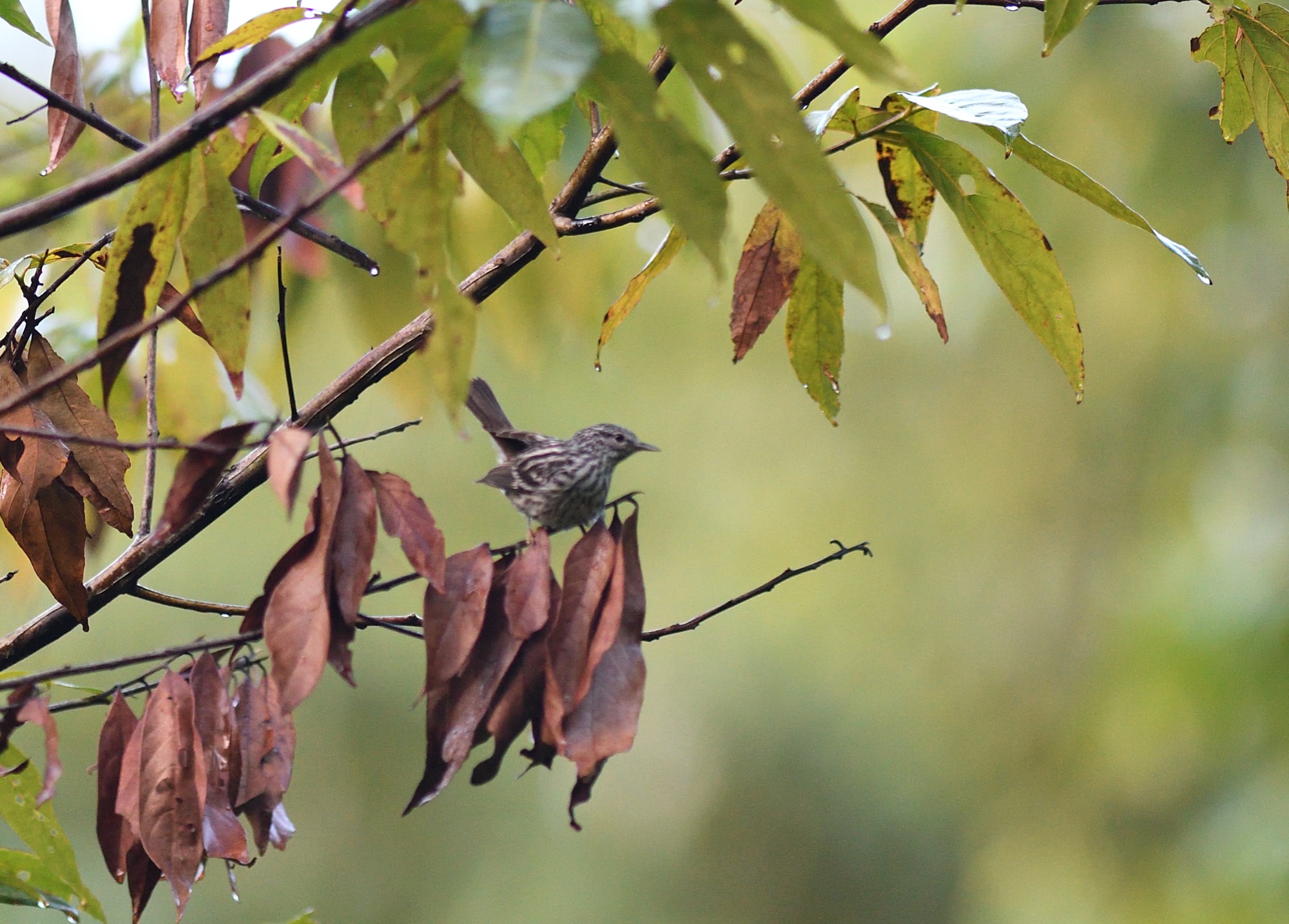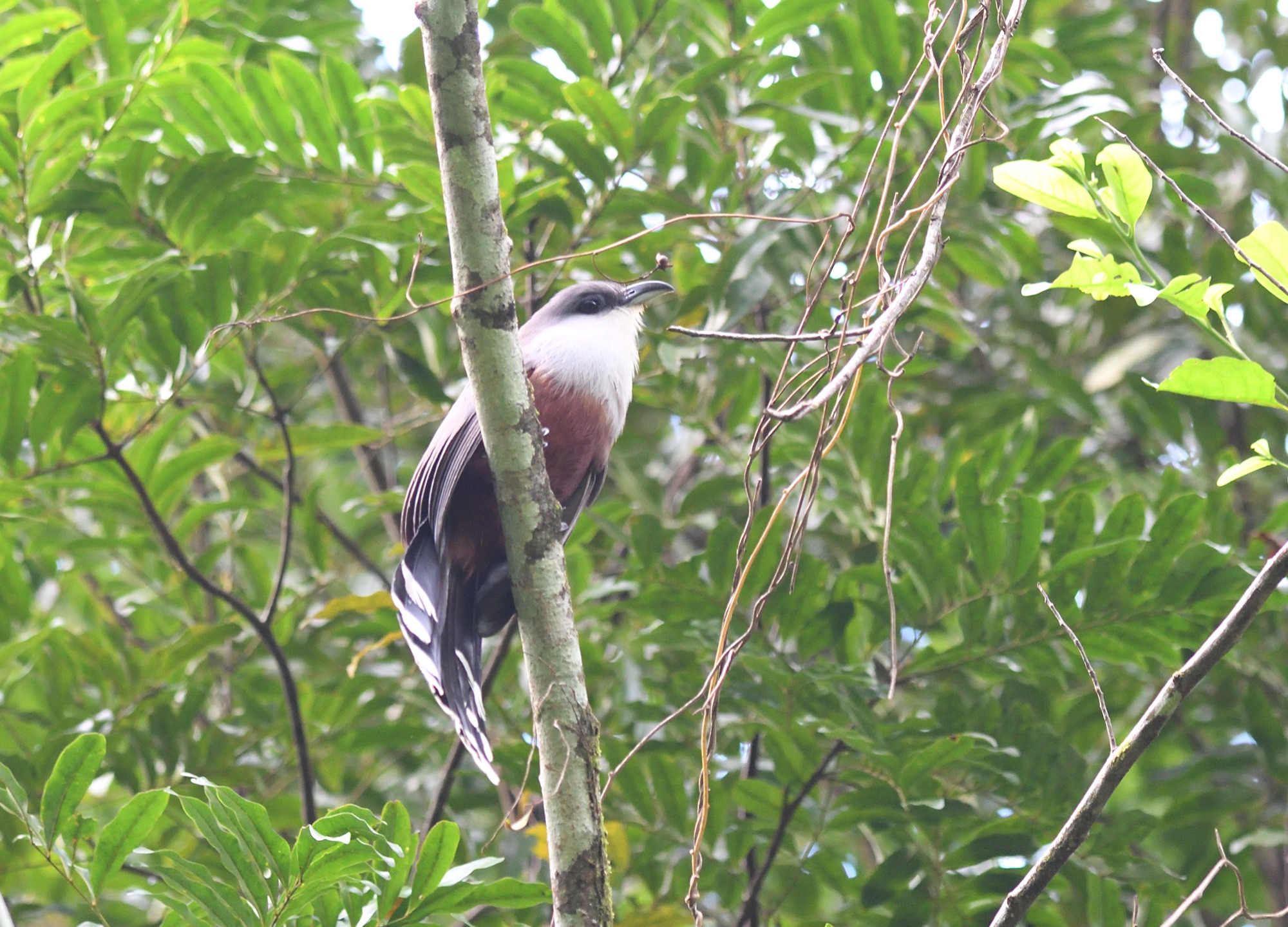JAMAICA TOUR ITINERARY
Day 1 Arrival in Kingston - 1st March
This is purely an arrival day for the group arriving from the first Puerto Rico and Dominican Republic tour and for those who are about to join the second tour. Once everyone has arrived at Kingston Norman Manley Airport (airport code KIN), we will drive up into the wonderful Blue Mountains and our excellently located lodge where we will spend the next 2 nights.
Day 2 Blue Mountains
Our first morning in the Blue Mountains is going to be exciting as we search for our first endemics. The roads and quite narrow up here and there's not too much traffic as we find the commoner endemics such as Ring-tailed Pigeon, Jamaican Tody, Red-billed Streamertail, Jamaican Woodpecker, White-chinned Thrush, Jamaican Spindalis and Orangequit. Amongst the mixed flocks there should be a few Greater Antillean Bullfinches as we sort through the numerous American wood warblers that can include Ovenbird, Northern Parula, Black-and-white Warbler, Black-throated Blue Warbler, American Redstart, and sometimes there's species such as Yellow-bellied Sapsucker, Jamaican Vireo, Prairie Warbler and Jamaican Oriole joining in the fun! We will be keeping an eye out for the tricky Jamaican Blackbird as we cross Hardwar Gap and head slightly lower in elevation to the fabled Woodside Track. On our last visit both Large and Small Jamaican Elaenias were present in this area, and this is also a fairly reliable site in the early morning for Crested Quail-Dove as they feed in the leaf litter. It usually takes a little more searching to find Jamaican Pewee, Arrowhead Warbler, Blue Mountain Vireo and Yellow-shouldered Grassquit, but we have plenty of time in this stunning location to find everything we need. Although not an endemic, the stunning songster Rufous-throated Solitaire will definitely be heard several times during our time up here but pinning one down is always tricky and we need to persevere for this one! Night in Blue Mountains.
Day 3 Blue Mountains - San San - Ecclesdown Road
We can spend the early hours, when bird activity is at its highest to find any species we still need before heading to the lowlands along the north coast and a great little eco-lodge, which will be our base for the net 2 nights. We will probably arrive here for a late lunch before heading the short distance to the fabled Ecclesdown Road - the premier birding site on the island. It is the only site where every endemic has been recorded and it gives us a second chance at all of the species mentioned for the Blue Mountains. This single lane, seldom used road travels for over 16 Kilometres into the John Crow Mountains, passing through secondary and subtropical forest with clearings and some farmland too. Night at Bay View Eco-Resort.
Day 4 Ecclesdown Road
This promises to be an exciting day as we spend the morning with a packed breakfast along Ecclesdown Road. First light will see us at on overlook waiting for the scarce Jamaican Crow to appear, and this is the best site on the island for this endemic. We will spend a lot of the morning walking through some great forested habitat and mix this up with periods of scanning the canopy from some well appointed clearings for both Yellow-billed and the scarcer Black-billed Amazons. We may well get better looks at Crested Quail-Dove as they often walk along the road in the early morning, whilst we should get great looks at Black-billed Streamertail, Chestnut-bellied and Jamaican Lizard-Cuckoo, Rufous-tailed and Sad Flycatchers, Jamaican Becard and Jamaican Euphonia today. Other species present here include White-crowned Pigeon, Caribbean Dove, Ruddy Quail-Dove, Olive-throated Parakeet, Jamaican Woodpecker, Jamaican Tody, Rufous-throated Solitaire, Jamaican Loggerhead Kingbird, Black-whiskered Vireo, Orangequit and Yellow-faced Grassquit. Night in San San.
Day 5 Ecclesdown Road - Montego Bay - Rocklands Bird Sanctuary
We can revisit Ecclesdaown Road or check-out the nearby San San Forest for any species we still need before setting out on the 3.5 hour drive to Montego Bay. After checking into our hotel we can either visit the local sewage works or go to Rocklands Bird Sanctuary if we do not have time tomorrow before our flights. Rocklands is a great spot where there is sometimes a Northern Potoo on a day roost or even a Jamaican Owl, whilst the feeders can attract Jamaican Mango, Olive-throated Parakeet or Jamaican Euphonia amongst a number of other possibilities.
Day 6 End of Tour - 6th March
Today we will be taking our international flights back home from Montego Bay Sangster International Airport (Airport Code MBJ) or flying on to San Juan to commence our second Puerto Rico and Dominican Republic tour.
All photos copyright Nick Bray/Zoothera Birding
Just hover your cursor over each image for info

